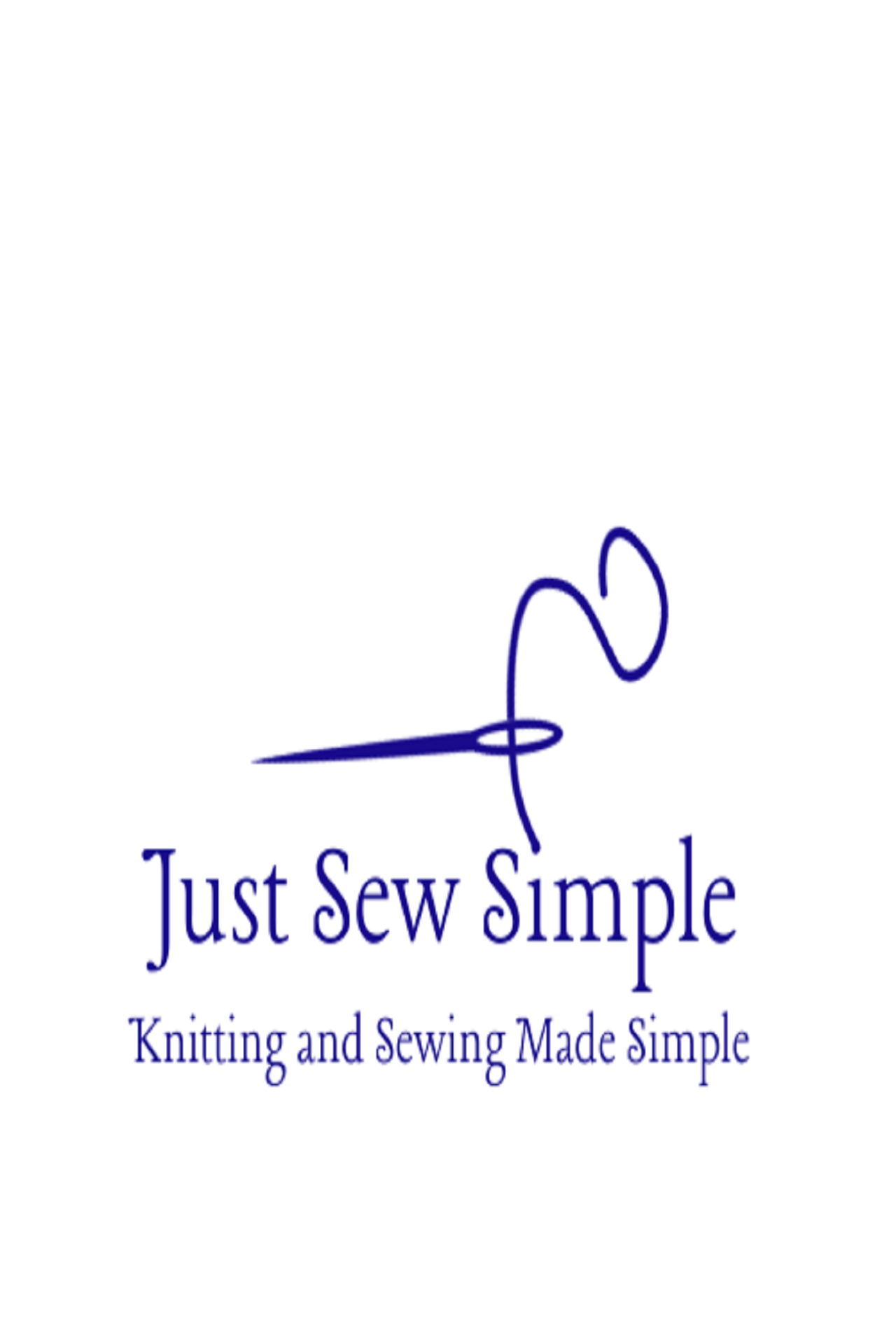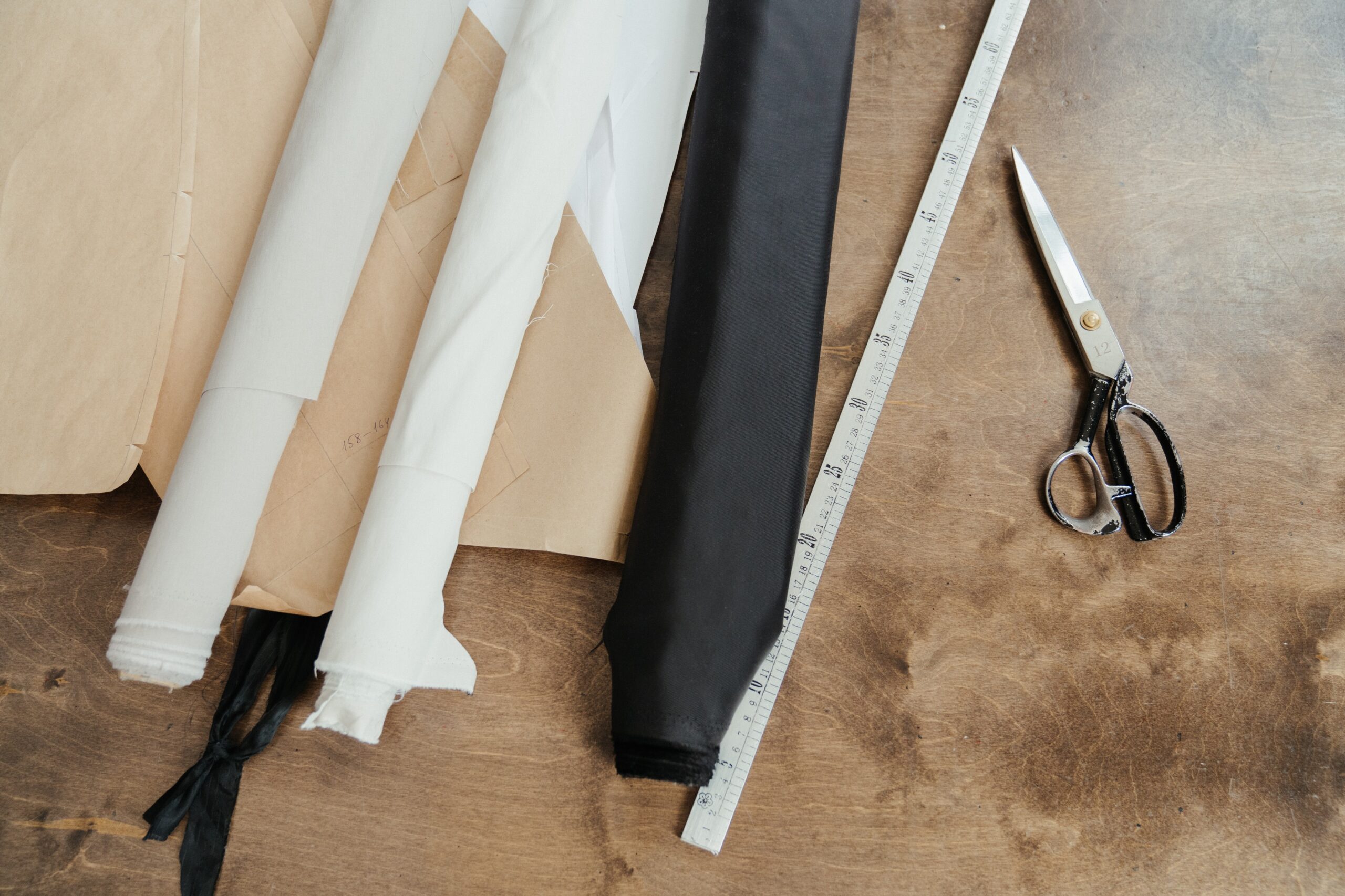If you’ve ever tried your hand at sewing, you’ve likely come across the term “interfacing.” But what is it, exactly? In short, add this material to give structure, stability, and shape to a garment or accessory. It’s a key component in many sewing projects and can make all the difference in the final result.
Let’s explore the different types of interfacing and how to choose the right one for your project.
What is Interfacing?
Interfacing is a type of fabric that sewers use to reinforce and support other fabrics. It is typically made from a woven or non-woven material, such as cotton, polyester, or fusible web. You can add this unique material to the wrong side of a fabric to give it added stiffness, support, and shape.
Why Use Interfacing?
Garments often need some help with holding their shape and defining their structure. Take this extra step to help:
- Stabilize fabrics that are prone to stretching or distorting
- Add stiffness to materials that are too soft or flimsy
- Add shape to collars, cuffs, and waistbands
- Reinforce areas that will receive a lot of wear and tear, such as pockets and buttonholes
- Create crisp edges and sharp corners
Types of Interfacing
There are several different types of interfacing, each with its own properties and uses. One kind that’s perfect for a specific fabric may be entirely wrong for a different material.
Here are the most common types:
Woven
Woven interfacing is made from a woven fabric, such as cotton or silk. It has a stable, grid-like structure and provides medium to heavy-weight support. Always cut this material along the grain.
Use woven interfacing for collars, cuffs, and waistbands, and can also to stabilize knit fabrics.
Non-Woven
Non-woven interfacing is made from synthetic fibers bonded together using heat or chemicals. It has a softer, more flexible structure than the woven kind, providing light to medium-weight support. It looks a lot like paper and you can cut it in any direction.
Non-woven interfacing is best for lightweight fabrics, such as silk or chiffon. You can also use it for appliqué and embroidery.

Fusible
Fusible interfacing has an adhesive backing that is activated by heat. Both woven and non-woven materials are appropriate for fusible styles. It provides medium-weight support. This type is great for collars, cuffs, and waistbands and can be a great time-saver, as it eliminates the need for basting or stitching.

Knit
Knit interfacing is made from a stretchy, knit fabric and provides a soft, flexible structure. You will often find it on stretchy fabrics, such as jersey or spandex, and you can also use it on knit collars and cuffs.
Sheer
Sheer interfacing is a lightweight, transparent material often used for delicate fabrics, such as lace or chiffon. It provides minimal support and structure and is often used to prevent fabric stretching or distorting.
Choosing the Right Version
Choosing the proper interfacing depends on the fabric you’re using and the desired level of support and structure. Consider the weight and drape of your material and the area of the garment that will be interfaced. A heavier-weight fabric may require heavier-weight support, while a lightweight fabric may require a lighter-weight version. Similarly, a collar or cuff may need stiffer interfacing than a pocket or facing.

